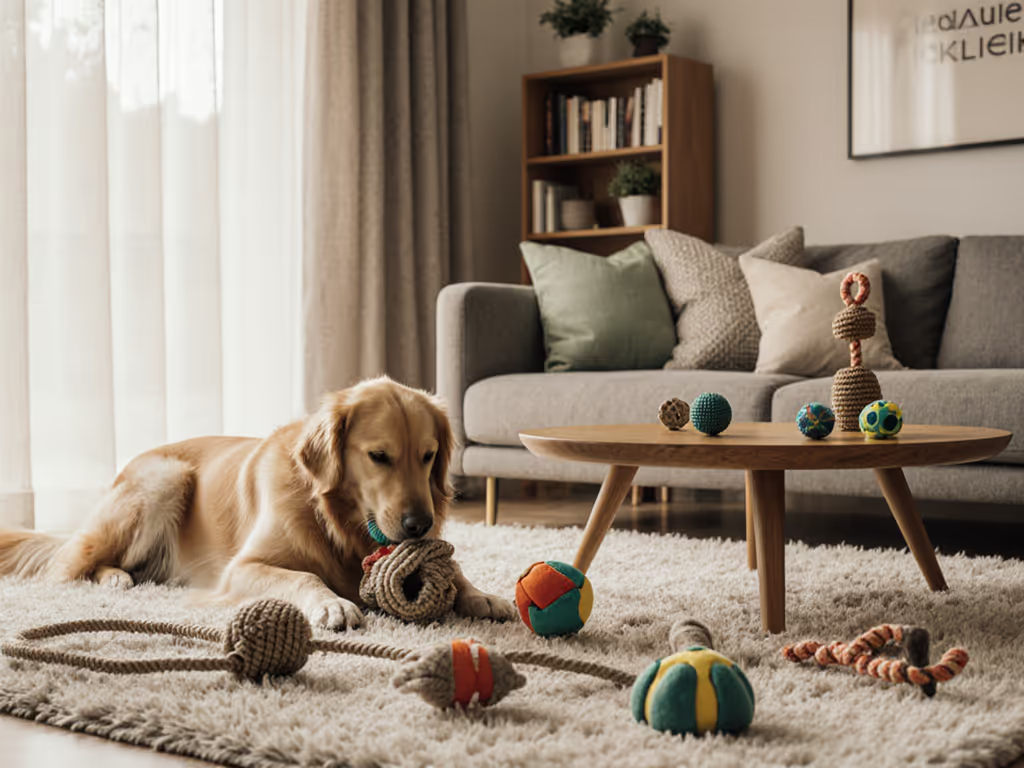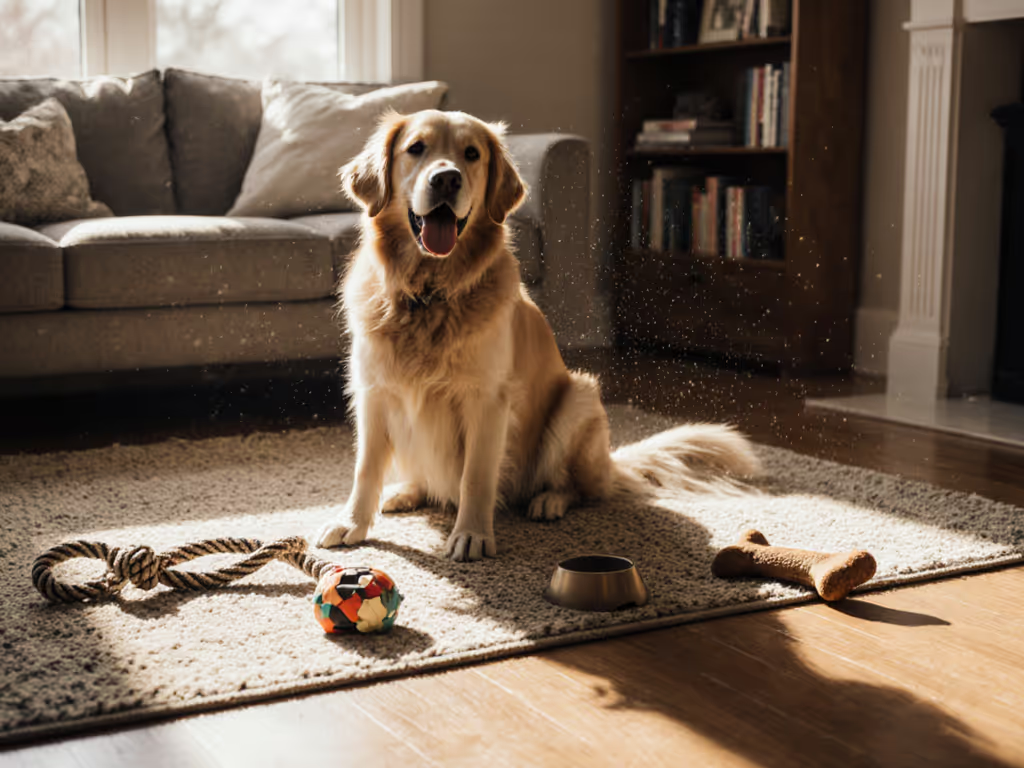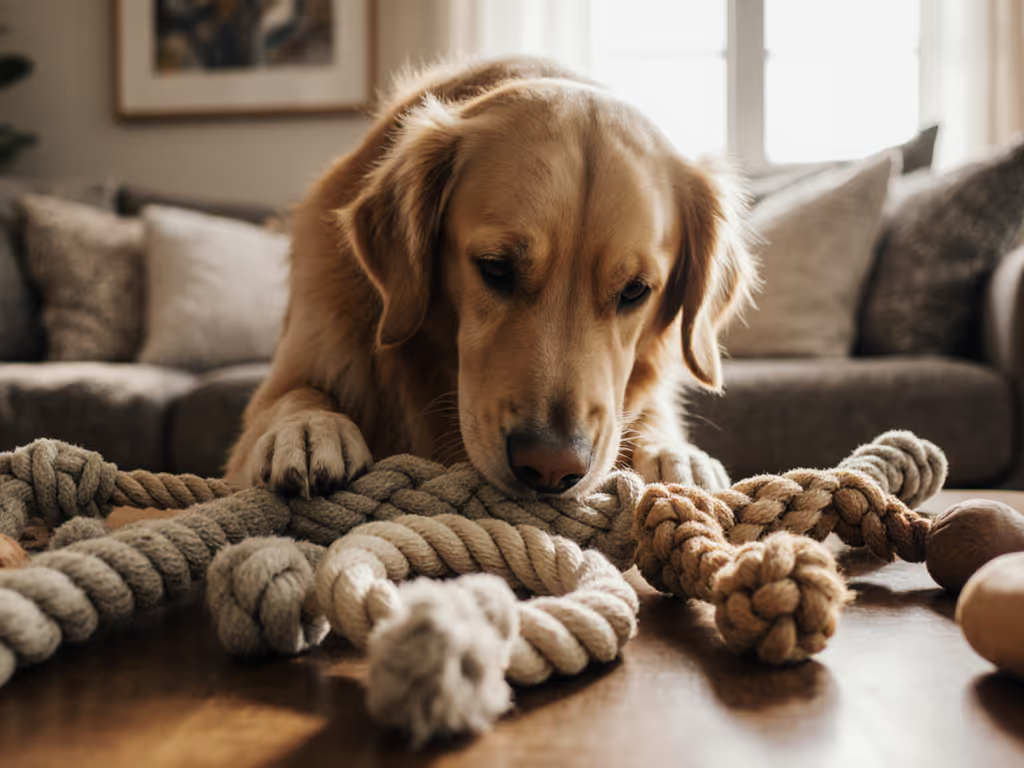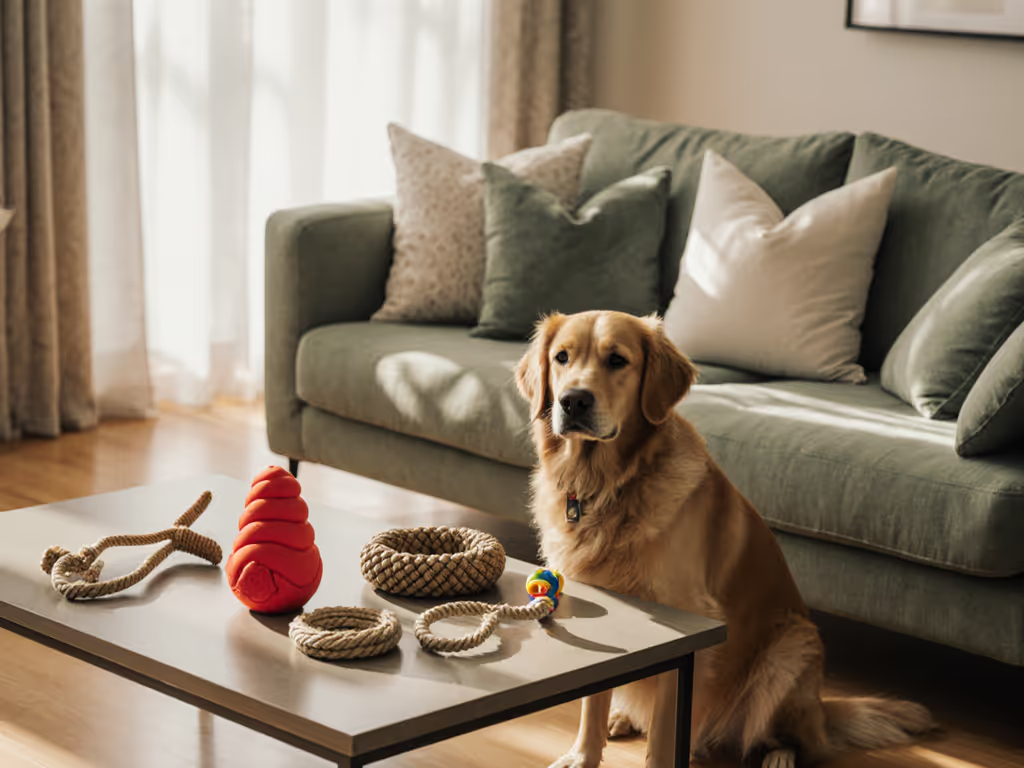When bringing pet dog toys into your home, the promise of joyful play can quickly turn stressful if resource guarding emerges. Selecting the dog toys best matched to your dog's natural tendencies isn't just about enrichment, it's foundational safety. As a coach who's helped hundreds of new guardians navigate this exact challenge, I've seen how a single misstep with toy introduction can create lasting anxiety for both dog and human. The solution isn't more toys, it's smarter matching through actionable frameworks that prevent problems before they start.
Why This Matters: The Resource Guarding Reality Check
Resource guarding isn't just about "stealing" toys, it's your dog's survival instinct kicking in when they perceive a threat to something valuable. According to the American Kennel Club, puppies as young as 8 weeks can begin displaying guarding behaviors if not properly guided during early socialization. Without intervention, these behaviors often escalate: what starts as a stiff body or low growl can progress to snapping within months.
The good news? Prevention is highly effective. Studies show that consistent desensitization practices begun during the socialization window (up to 16 weeks) reduce guarding incidents by over 70%. But even older dogs respond remarkably well to structured reintroduction protocols, proving it's never too late to build safer toy relationships.
The 6-Step Framework for Safe Toy Introduction
1. Conduct Your Playstyle Index Assessment First
Before any toy leaves the packaging, complete your fit check. This isn't about breed or size alone, it's about reading your dog's natural inclinations:
- Scent-driven explorers: Sniff intensely, prefer hidden treasures
- Mouth-powered chewers: Shake vigorously, seek texture variety
- Interactive problem-solvers: Manipulate with paws, persist with puzzles
- Ball-obsessed retrievers: Fixate on movement, guard high-value projectiles
My "aha" moment happened during a home visit with a rescue pup whose anxious ricocheting turned to calm focus once we matched her scent-driven nature with a slow-release puzzle. That's when I realized one page, one match: confident choices without guesswork.
2. Implement the "Must-Have vs. Nice-to-Have" Filter
Not all toys deserve prime placement. Create immediate safety by categorizing:
Must-haves:
- Size-appropriate (no smaller than your dog's muzzle width)
- Single-piece construction (no detachable parts)
- No toxic materials (BPA-free, food-grade only)
Nice-to-haves:
- Variable difficulty settings
- Dishwasher-safe components
- Apartment-friendly noise levels
This simple decision tree eliminates 80% of unsafe options before purchase, addressing your core safety fears while reducing wasteful spending.
3. Master the 3-Day Acclimation Protocol
One-page clarity transforms overwhelming choices into focused action.
Instead of handing over new toys immediately, follow this evidence-based timeline:
Day 1: Place the toy nearby while your dog eats meals (no interaction)
Day 2: Brief supervised sniff sessions with high-value treats given away from the toy
Day 3: Controlled interaction with your "drop it" cue practice
This gradual toy introduction technique builds neutral-to-positive associations before possession ever occurs, critical for preventing guarding behaviors before they form.
4. Conduct the "Drop It" Value Assessment
Resource guarding solutions begin with understanding what your dog truly values. Run this simple test:
- Offer the new toy during low-energy moments
- When engaged, say "drop" while presenting a treat
- Note reaction time:
- Instant release = low-value item (safe for multi-dog homes)
- Hesitation = medium-value (requires supervision)
- Growling = high-value (temporarily remove from rotation)
This size band assessment (measuring emotional attachment rather than physical size) creates immediate insight into potential guarding triggers.
5. Build the "Trade Up" Reflex
Rather than forcibly removing guarded items (which escalates tension), create positive exchanges:
- Start with low-value items (kong wobblers, snuffle mats)
- Use the phrase "your choice" as you present alternatives
- Immediately reward releasing before they growl
- Gradually increase item value as trust builds
This approach, recommended by behavior specialists at Preventive Vet, transforms potential conflict moments into cooperative games, reducing overstimulation while building impulse control.
6. Establish Your Rotation System
The most effective dog toy acclimation strategy includes planned obsolescence. Create three labeled bins:
- Active (current rotation, max 3 toys)
- Resting (1-2 week break between uses)
- Retired (showing wear or triggering guarding)
Rotate weekly based on your Playstyle Index observations. For a step-by-step rotation plan, see our dog toy rotation guide. This prevents boredom-related guarding while extending each toy's lifespan, solving the "novelty fades" pain point with behavioral science.
When to Seek Additional Support
While these resource guarding solutions resolve most early-stage guarding, consult a certified behavior consultant if you notice:
- Guarding across multiple contexts (food, space, people)
- Stiffening or growling at distances beyond 3 feet
- Any history of bites during guarding episodes
Remember that resource guarding often stems from anxiety, not "dominance." Your consistent, calm approach builds the trust that makes guarding unnecessary.
Your Path Forward
Introducing new toys shouldn't require guesswork or generate anxiety. By applying these structured steps (grounded in real-world foster and shelter observations) you transform playtime into relationship-building. Clarity and constraints truly do beat overwhelming catalogs when safeguarding your home.
One-page clarity: Your roadmap to confident, safe choices without second-guessing.




